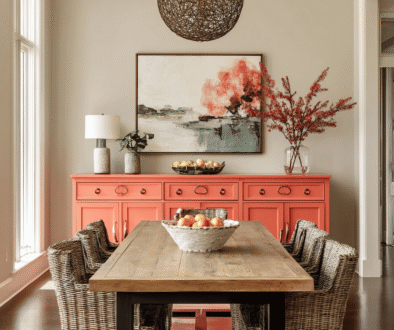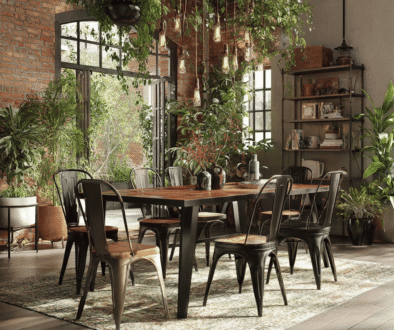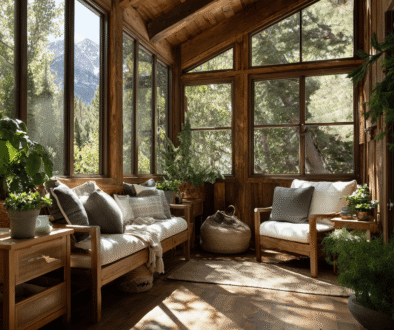Best Summer Fabric Swaps: Your Guide to Cool Comfort
As the temperature rises, I find myself reaching for completely different fabrics than I do in winter. There’s something magical about that first warm day when you can finally ditch the heavy wool sweaters and embrace lighter, breezier materials. Today, I want to share everything I’ve learned about choosing the perfect fabrics for summer comfort.


Why Summer Fabric Choice Matters More Than You Think
I used to think fabric was just fabric. Boy, was I wrong! The difference between wearing polyester and linen on a 90-degree day is like night and day. Your fabric choices can literally make or break your comfort level during the hot months.
Summer fabrics serve three main purposes. They keep you cool. They wick moisture away from your skin. And they allow air to circulate freely around your body. When you get these three elements right, even the hottest days become manageable.

The Science Behind Summer Fabric
Before diving into specific materials, let me explain what makes a fabric summer-appropriate. It all comes down to breathability, moisture management, and heat reflection.
Breathable fabrics have a loose weave that allows air to flow through. Think of it like tiny windows in your clothing. The more air that can move through the fabric, the cooler you’ll feel. This is why tightly woven synthetic materials often trap heat and make you feel stuffy.
Moisture-wicking is another crucial factor. Some fabrics naturally pull sweat away from your skin and help it evaporate quickly. Others, like cotton, tend to hold onto moisture, which can make you feel sticky and uncomfortable.
Heat reflection matters too. Light-colored fabrics reflect sunlight rather than absorbing it. This is why you’ll often see people in hot climates wearing white or pale colors.
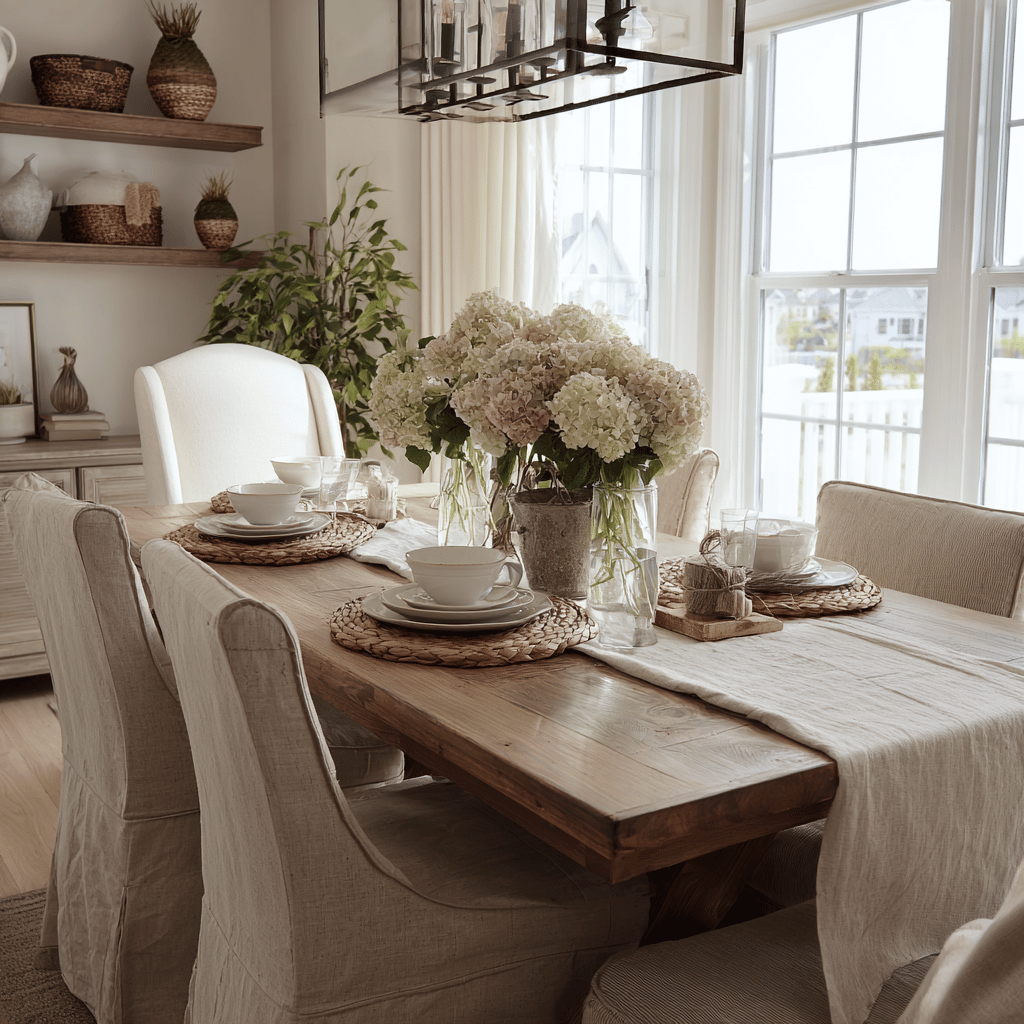
My Top Summer Fabric Picks
Summer Fabric Linen: The Summer Champion
Linen has been my go-to summer fabric for years. Made from flax plants, it’s incredibly breathable and gets softer with every wash. The loose weave allows air to flow freely, creating a natural cooling effect.
I love linen for both clothing and home decor. Linen curtains let light in while blocking heat. Linen bedding feels crisp and cool against your skin. And linen clothing always looks effortlessly chic, even when it wrinkles.
The only downside? Linen wrinkles easily. But I’ve learned to embrace the casual, lived-in look. It’s part of linen’s charm.
Summer Fabric Cotton: The Versatile Classic
Not all cotton is created equal for summer wear. I stick to lightweight, loosely woven cotton varieties like voile, lawn, and chambray. These allow much better airflow than dense cotton twill or canvas.
Cotton percale sheets are my summer bedding favorite. They’re crisp, cool, and breathable – perfect for hot, humid nights. I avoid cotton sateen in summer because its tight weave can trap heat.
For clothing, cotton works best in loose-fitting styles. A flowy cotton sundress beats a fitted cotton t-shirt any day when temperatures soar.
Summer Fabric Bamboo: The Eco-Friendly Choice
Bamboo fabric has become increasingly popular, and I understand why. It’s naturally antimicrobial, which means less odor buildup during hot weather. Bamboo also has excellent moisture-wicking properties.
I particularly love bamboo sheets. They feel silky smooth but stay cool throughout the night. The fabric is also sustainable, which appeals to my eco-conscious side.
However, not all bamboo fabrics are created equal. Look for mechanically processed bamboo rather than chemically processed viscose bamboo for the most authentic properties.
Summer Fabric Silk: The Luxurious Option
Real silk might seem counterintuitive for hot weather, but it’s actually temperature-regulating. Silk adjusts to your body temperature, keeping you cool when it’s hot and warm when it’s cool.
I reserve silk for special occasions or evening wear in summer. A silk camisole under a blazer keeps me comfortable in over-air-conditioned restaurants. Silk scarves work beautifully as lightweight cover-ups.
Mulberry silk pillowcases are worth the investment. They keep your head cool while being gentle on hair and skin.
Summer Fabric Hemp: The Durable Dark Horse
Hemp fabric has come a long way from its rough, scratchy reputation. Modern hemp textiles are soft, breathable, and incredibly durable. Hemp gets softer with washing, much like linen.
I’ve started incorporating hemp into my summer wardrobe through pants and shirts. The fabric holds its shape well and doesn’t wrinkle as much as linen. Plus, hemp plants require minimal water to grow, making it an environmentally friendly choice.
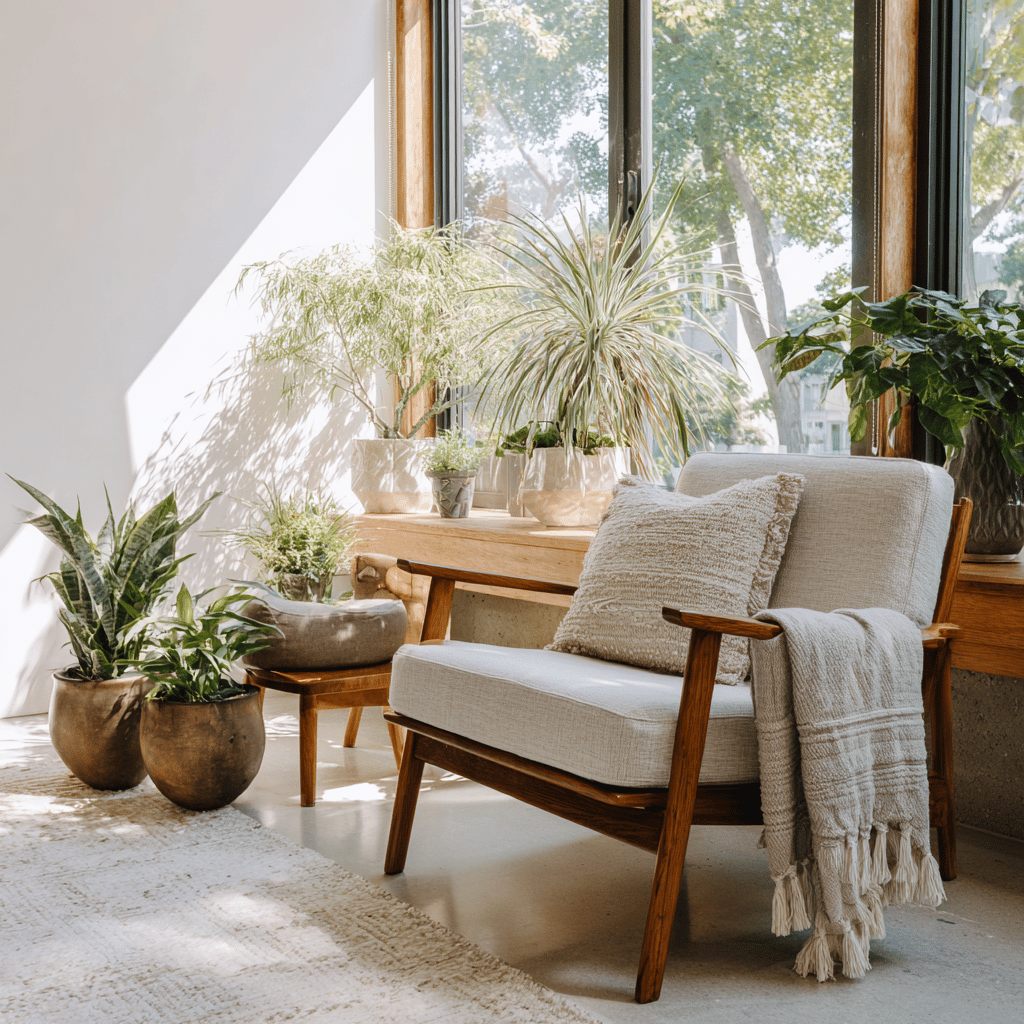
Fabrics to Avoid in Summer Heat
Polyester and Synthetic Blends
Pure polyester is my biggest summer fabric enemy. It doesn’t breathe, traps heat, and holds onto odors. Even polyester blends can be problematic if the synthetic content is too high.
That said, some athletic wear uses advanced polyester technology for moisture-wicking. These performance fabrics are designed differently than regular polyester clothing.
Heavy Cotton
Thick cotton fabrics like denim and canvas work against you in summer. They’re slow to dry and don’t allow adequate airflow. Save the heavy cotton for fall and winter.
Wool and Cashmere
These are obviously winter fabrics, but I mention them because some people mistakenly think lightweight wool might work for summer. It doesn’t. Wool retains heat and moisture, making it unsuitable for hot weather.

How to Transition Your Wardrobe
Start with Basics
I begin my summer fabric transition with undergarments and sleepwear. Cotton or bamboo underwear and lightweight pajamas make an immediate difference in comfort.
Next, I swap out my bedding. Linen or cotton percale sheets replace flannel or jersey knit ones. Lightweight cotton or linen duvets replace heavy down comforters.
Gradual Clothing Changes
I don’t immediately pack away all my winter clothes. Spring weather can be unpredictable. Instead, I gradually introduce summer fabrics as temperatures consistently rise.
Lightweight cardigans in cotton or linen become my transitional pieces. They work over sleeveless tops when morning air conditioning is too cold, but they’re not too heavy for afternoon heat.
Home Decor Updates
Summer fabric swaps extend beyond clothing. I replace heavy curtains with lightweight linen panels that filter light without blocking airflow. Throw pillow covers get swapped for cotton or linen versions in lighter colors.
Area rugs are another consideration. Heavy wool rugs get rolled up and stored, replaced by cotton dhurries or jute rugs that don’t retain heat.

Caring for Your Summer Fabric
Washing Guidelines
Most summer fabric is relatively easy to care for. Linen and cotton can handle regular machine washing, though I prefer cold water to prevent shrinking and color fading.
Bamboo fabrics should be washed in cold water on a gentle cycle. They’re more delicate than cotton but still machine-washable.
Silk requires more careful handling. Hand washing or dry cleaning is usually best, depending on the garment’s construction.
Drying Tips
Air drying works best for most of the summer fabric options. The heat from dryers can damage delicate fibers and cause shrinkage. Plus, line-drying in summer is quick and energy-efficient.
If you must use a dryer, choose low heat settings. Remove items while they’re still slightly damp to prevent over-drying and wrinkles.
Storage Solutions
Proper storage keeps summer fabrics in good condition year-round. I use breathable garment bags for delicate items like silk. Cedar blocks help prevent moth damage without the chemical smell of mothballs.
Linen items should be stored loosely folded or hung to prevent permanent creasing. Cotton items can be folded more tightly if necessary.
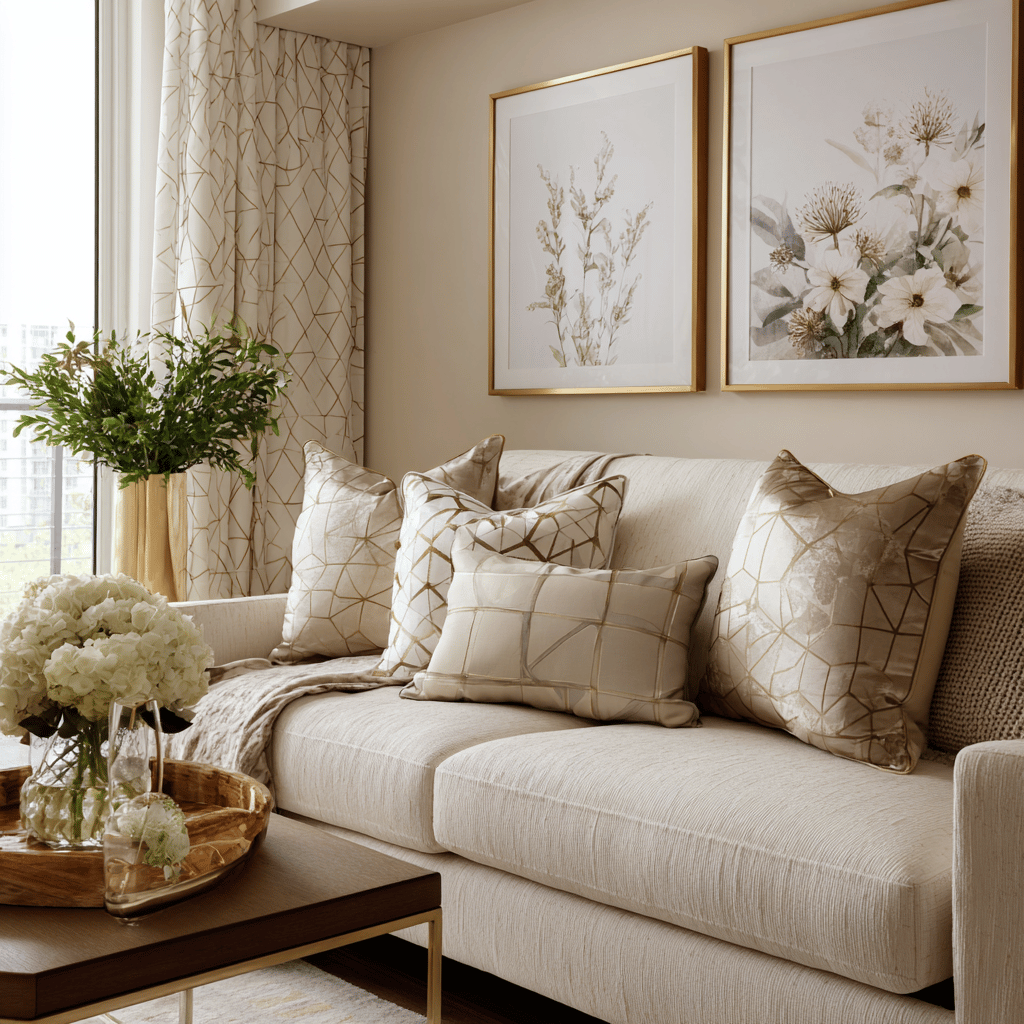
Styling Your Summer Fabric
Color Choices Matter
Light colors reflect heat better than dark ones. My summer wardrobe leans heavily toward whites, creams, pastels, and light neutrals. These colors look fresh and feel cooler than deep, saturated tones.
That doesn’t mean you can’t wear darker colors. Just choose them in breathable fabrics and looser fits to maintain comfort.
Fit and Silhouette
Loose-fitting garments allow air to circulate around your body. I gravitate toward flowing dresses, wide-leg pants, and oversized shirts in summer. Fitted clothing can feel restrictive and hot, especially in humid weather.
Sleeveless and short-sleeved styles obviously keep you cooler, but long sleeves in lightweight fabrics can actually provide sun protection while staying comfortable.
Layering Strategies
Summer layering is all about lightweight options. A linen cardigan over a cotton camisole gives you flexibility for changing temperatures. Silk scarves add style without weight.
I keep a lightweight cotton or bamboo wrap in my bag for overly air-conditioned spaces. It provides coverage without adding bulk or heat.
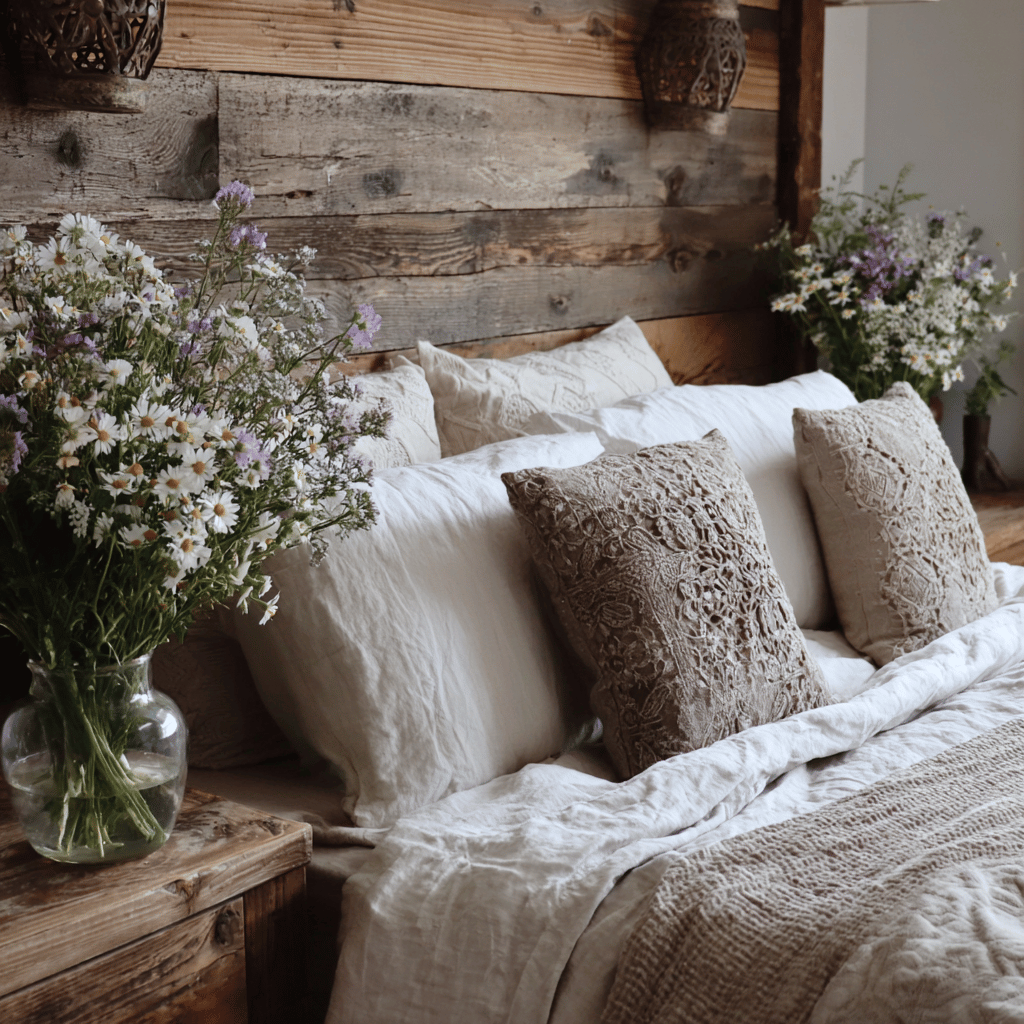
Making Smart Fabric Investments
Quality Over Quantity
I’ve learned to invest in fewer, higher-quality summer pieces rather than buying lots of cheap items. Good linen, quality cotton, and real silk last for years with proper care.
These fabrics actually improve with age and washing, developing a beautiful patina that synthetic materials can’t match.
Versatile Pieces
I look for summer fabrics that work in multiple settings. A linen blazer works for both office meetings and weekend brunches. A silk camisole transitions from day to evening wear.
Neutral colors in quality fabrics give you the most styling options and best cost-per-wear value.
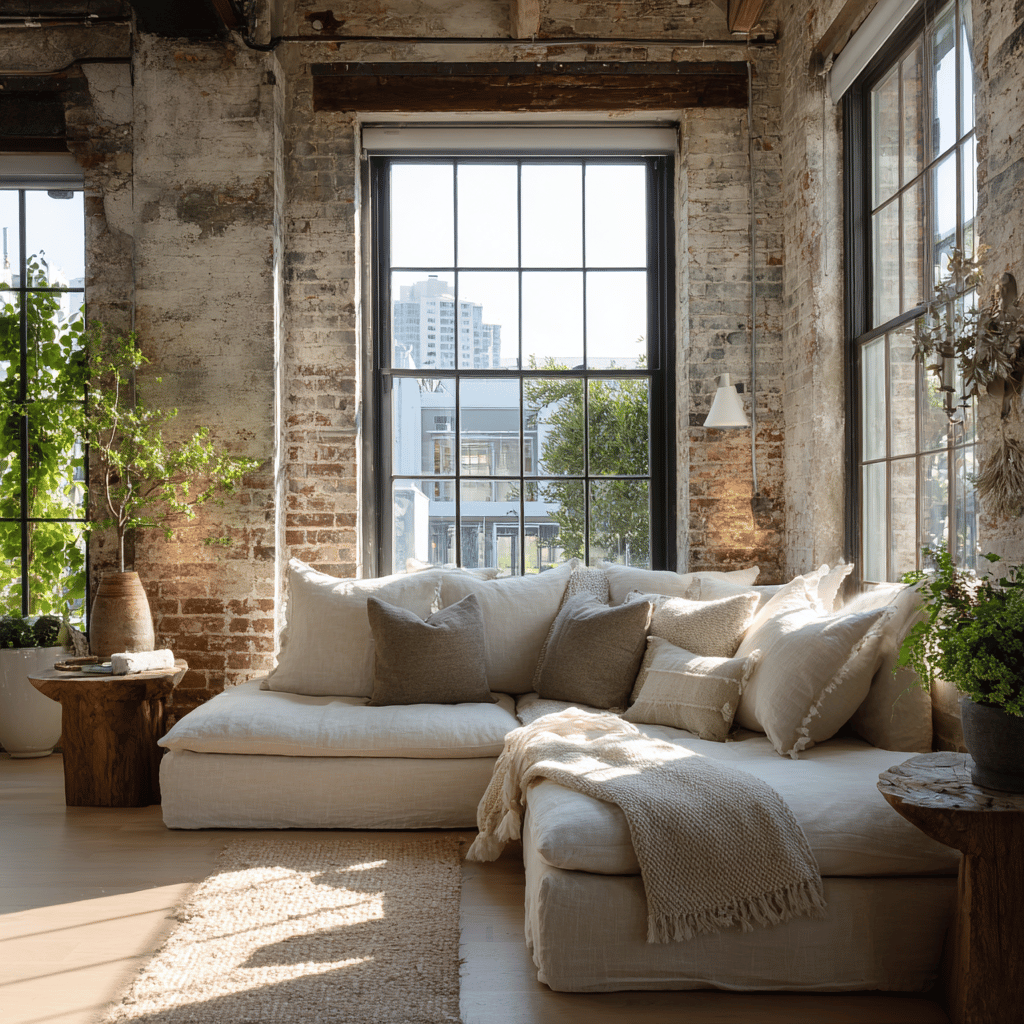
Seasonal Summer Fabric Planning
Early Summer Prep
I start thinking about summer fabrics in late spring. This gives me time to gradually transition my wardrobe and make any necessary purchases before the rush of peak summer shopping.
Early summer is also when I do a thorough closet clean-out, donating items I no longer wear and making notes about what I need for the coming season.
Peak Summer Strategies
During the hottest months, I stick to my proven fabric favorites. This isn’t the time to experiment with new materials that might not perform well in extreme heat.
I also pay attention to fabric care during this period. Hot, humid weather can lead to faster fabric deterioration if items aren’t properly cared for.
End-of-Season Planning
As summer winds down, I start planning for next year. End-of-season sales are perfect for stocking up on summer fabrics at reduced prices.
I also take notes about which fabrics worked best and which disappointed me. This helps inform next year’s purchases.
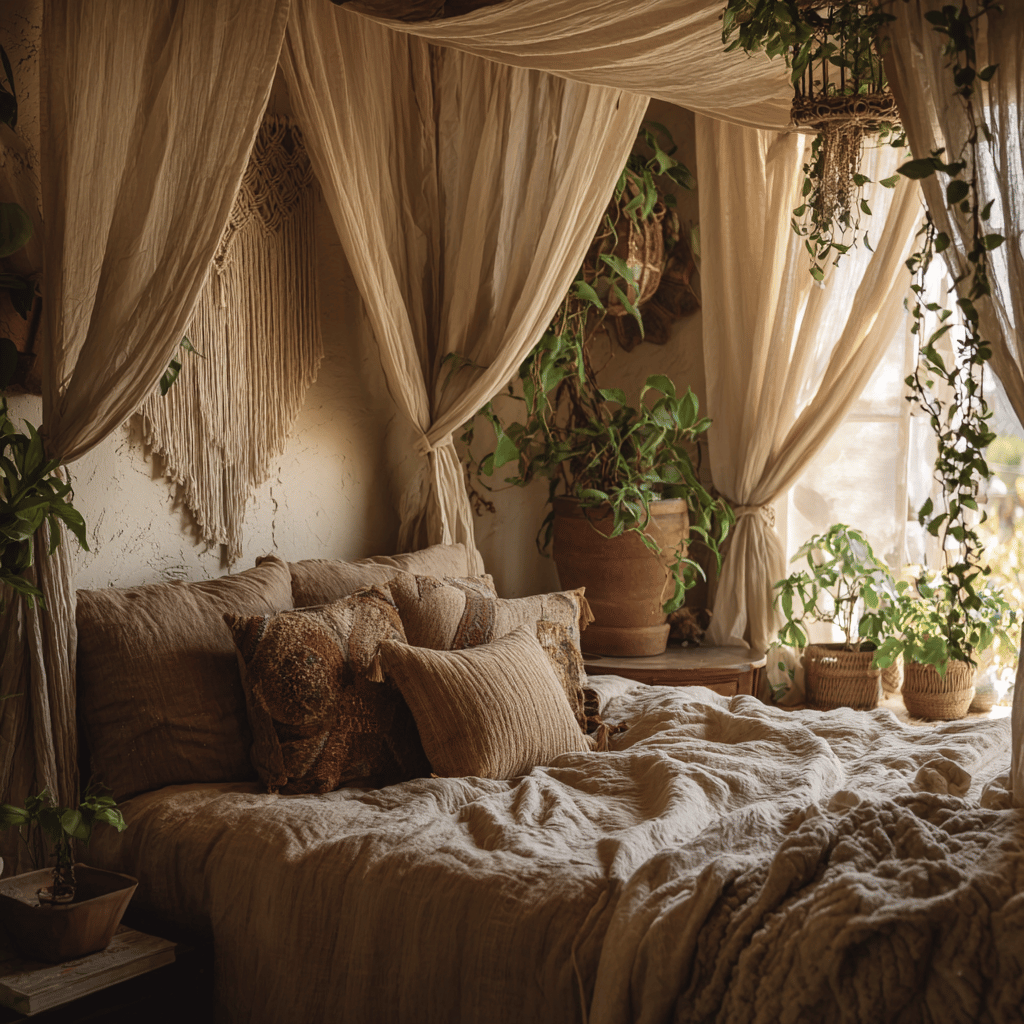
Conclusion: Embrace the Change
Transitioning to summer fabrics isn’t just about staying cool – it’s about embracing a different lifestyle. Lighter fabrics encourage a more relaxed approach to dressing and living.
I’ve found that choosing the right fabrics for summer makes the entire season more enjoyable. Whether you’re working in an office, lounging at home, or traveling to warm destinations, the right fabric choices will keep you comfortable and confident.
Start with one or two key pieces this summer. Maybe try linen pants or bamboo sheets. Once you experience the difference quality summer fabrics make, you’ll never want to go back to struggling through hot weather in inappropriate materials.
Remember, comfort doesn’t have to mean sacrificing style. The best summer fabrics are both functional and beautiful, keeping you cool while looking effortlessly chic. Here’s to a summer filled with comfort, style, and the perfect fabrics to make it all possible.
If you love home decor and interior design as much as I do, check out these other articles I think you might like.
Best Summer Decor Psychology: Mood-Boosting Colors & Elements
Below is a video that when played on your TV can turn your TV into a piece of art. There are hundreds of different videos to choose from.





